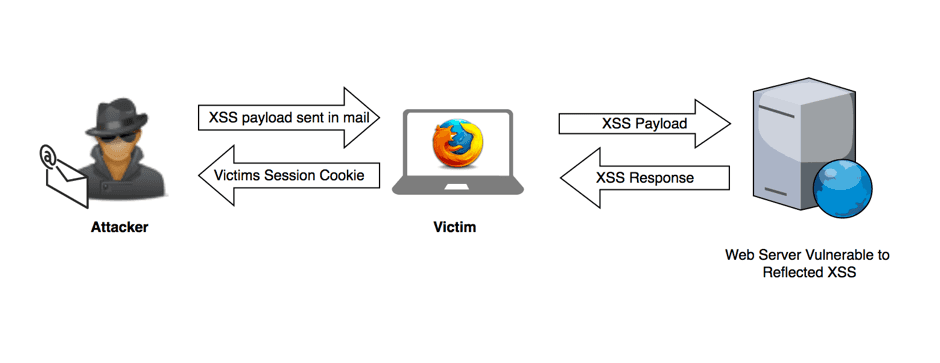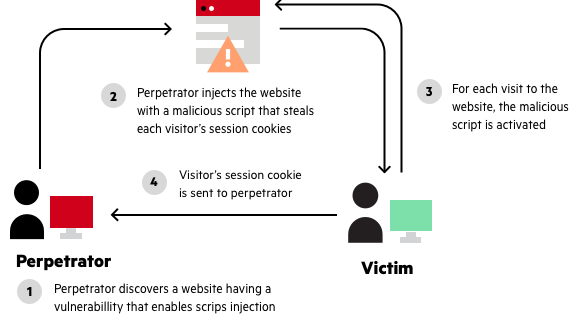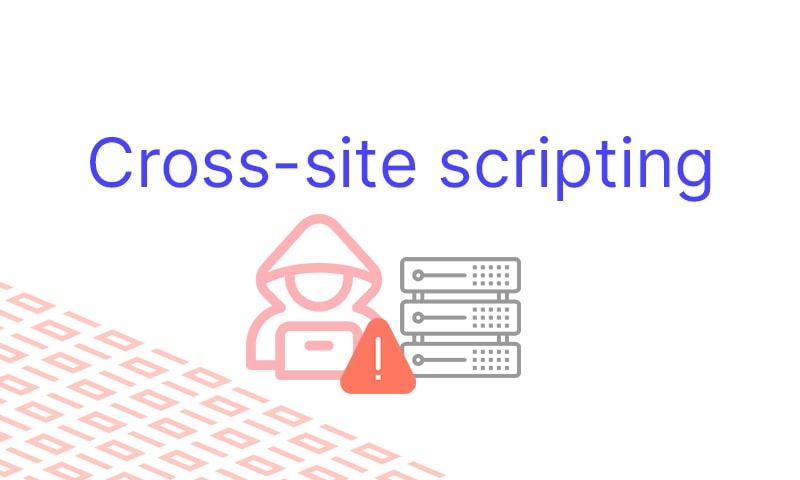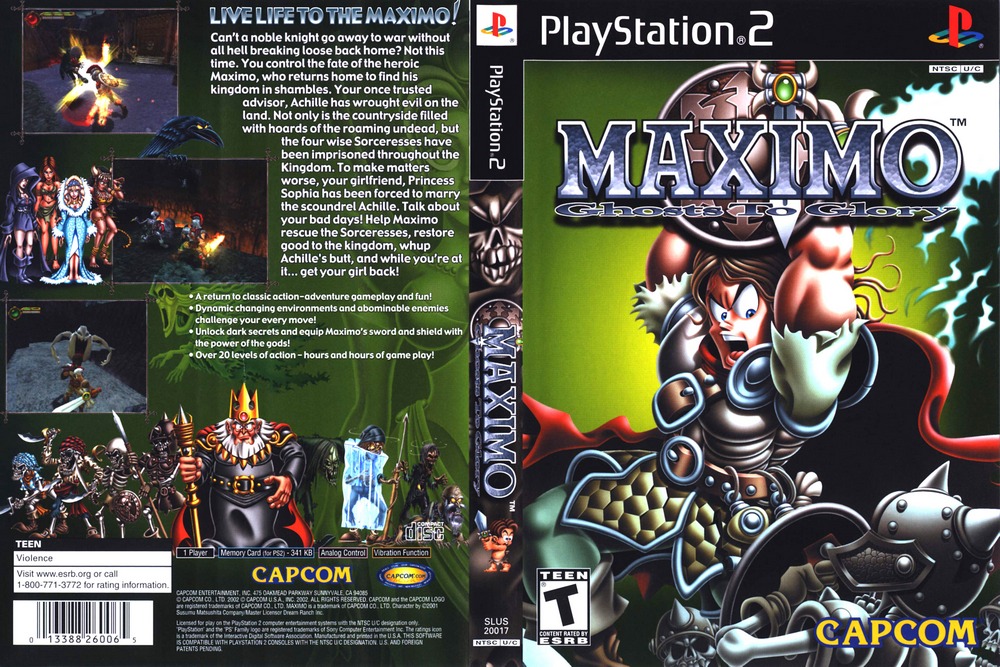PDF] Figure 1: Architecture of XSS attack Injection of code into
Por um escritor misterioso
Descrição
This work aims at developing a solution in web applications undergo rigorous testing by being a target to the engine and consequently finding flaws embedded within them. 549 Published By: Blue Eyes Intelligence Engineering & Sciences Publication Retrieval Number: F2318037619/19©BEIESP Abstract: Web applications actively replace native applications due to their flexible nature. They can be easily deployed and scaled, which require constant interaction with the user machine for software updates. Widespread use of cloud computing [10] has resulted in favoring web applications for easy deployment and scalability. Today the movement of software applications to the web has resulted to web application vulnerabilities [1]. Instead of targeting multiple operating systems or platforms, attackers can focus on exploiting web applications for compromising sensitive information. Web browsers act as the interface between the user and the web and are crucial for user security. The client-side attacks can result in the compromise of credentials and identity theft. In this paper, totally three models are developed namely Injection of code into un-sanitized parameters, Browser exploitation techniques and Manipulation of application registries which serve as the basis for exploiting and subsequently preventing cross-site scripting vulnerabilities [3]. By using these models as a foundation, the attacks are minimized in a large scale. In this work the results shows that, for the random sample of attack vectors 4, 2, 9, the vulnerability score is 0, which is considered to be minimum and forth random sample of attack vectors 2, 5, 7 the vulnerability score is 89.12 which is considered to be maximum. This work aims at developing a solution in web applications undergo rigorous testing by being a target to the engine and consequently finding flaws embedded within them.
![PDF] Figure 1: Architecture of XSS attack Injection of code into](https://ars.els-cdn.com/content/image/1-s2.0-S2590123023003936-gr7.jpg)
Cost-effective detection system of cross-site scripting attacks using hybrid learning approach - ScienceDirect
![PDF] Figure 1: Architecture of XSS attack Injection of code into](https://secops.group/wp-content/uploads/2023/08/image14.png)
A Deep Dive into Server-Side JavaScript Injection (SSJI) Vulnerabilities • The SecOps Group
![PDF] Figure 1: Architecture of XSS attack Injection of code into](https://www.ptsecurity.com/upload/corporate/ww-en/images/knowledge-base/xss/image009.jpg)
What is a Cross-Site Scripting (XSS) attack: Definition & Examples
![PDF] Figure 1: Architecture of XSS attack Injection of code into](https://www.researchgate.net/profile/S-Pandian/publication/281601290/figure/fig4/AS:505849417744385@1497615307450/Architecture-of-Exploiting-the-DOM-based-XSS-Attack_Q320.jpg)
PDF) A Survey on Detection and Prevention of Cross-Site Scripting Attack
![PDF] Figure 1: Architecture of XSS attack Injection of code into](https://file.techscience.com/files/cmc/2023/TSP_CMC-76-3/TSP_CMC_40121/TSP_CMC_40121/Images/table-1.png/mobile_webp)
CMC, Free Full-Text
![PDF] Figure 1: Architecture of XSS attack Injection of code into](https://www.researchgate.net/profile/Anny-Leema/publication/329683964/figure/fig1/AS:932153105842176@1599254027592/Architecture-of-Anti-XSS-Mechanism_Q320.jpg)
PDF) Eradicating cross site scripting attack for a secure web access
![PDF] Figure 1: Architecture of XSS attack Injection of code into](https://media.springernature.com/m685/springer-static/image/art%3A10.1186%2Fs40537-022-00678-0/MediaObjects/40537_2022_678_Fig1_HTML.png)
Detection and prevention of SQLI attacks and developing compressive framework using machine learning and hybrid techniques, Journal of Big Data
Export Injection. This article will talk about a new…, by Inon Shkedy
![PDF] Figure 1: Architecture of XSS attack Injection of code into](https://image.slidesharecdn.com/ijcatr03101001-141111002535-conversion-gate01/85/study-of-crosssite-scripting-attacks-and-their-countermeasures-1-320.jpg?cb=1669878105)
Study of Cross-Site Scripting Attacks and Their Countermeasures
![PDF] Figure 1: Architecture of XSS attack Injection of code into](https://0.academia-photos.com/attachment_thumbnails/67471425/mini_magick20210531-27012-1mvlz8r.png?1622447148)
PDF) Exploitation of Cross-Site Scripting (XSS) Vulnerability on Real World Web Applications and its Defense
![PDF] Figure 1: Architecture of XSS attack Injection of code into](https://ars.els-cdn.com/content/image/1-s2.0-S2590123023003936-gr8.jpg)
Cost-effective detection system of cross-site scripting attacks using hybrid learning approach - ScienceDirect
![PDF] Figure 1: Architecture of XSS attack Injection of code into](https://media.geeksforgeeks.org/wp-content/uploads/20210612223853/ScreenPrint2CircleVennDiagram2-660x495.png)
Understanding Blind XSS for Bug Bounty Hunting - GeeksforGeeks
![PDF] Figure 1: Architecture of XSS attack Injection of code into](https://media.springernature.com/full/springer-static/image/art%3A10.1038%2Fs41598-023-46640-9/MediaObjects/41598_2023_46640_Fig1_HTML.png)
A survey on performance evaluation of artificial intelligence algorithms for improving IoT security systems
de
por adulto (o preço varia de acordo com o tamanho do grupo)







